The Florida Keys, a chain of islands stretching about 120 miles off Florida’s southern tip, is home to the only living coral barrier reef in the continental United States. This natural wonder, the Florida Reef Tract, extends approximately 360 miles from Dry Tortugas National Park to the St. Lucie Inlet in Martin County. For centuries, these vibrant underwater ecosystems have captivated explorers, scientists, and tourists alike with their stunning biodiversity and ecological significance. However, today’s reality presents a sobering contrast to the flourishing reefs of decades past. From climate change and disease outbreaks to water quality issues and physical damage, the reefs face unprecedented challenges. This article explores the current state of the Florida Keys’ coral reefs, examining what remains of these once-thriving ecosystems, the efforts underway to protect and restore them, and what the future might hold for one of America’s most precious natural treasures.
The Historical Glory of Florida Keys Reefs
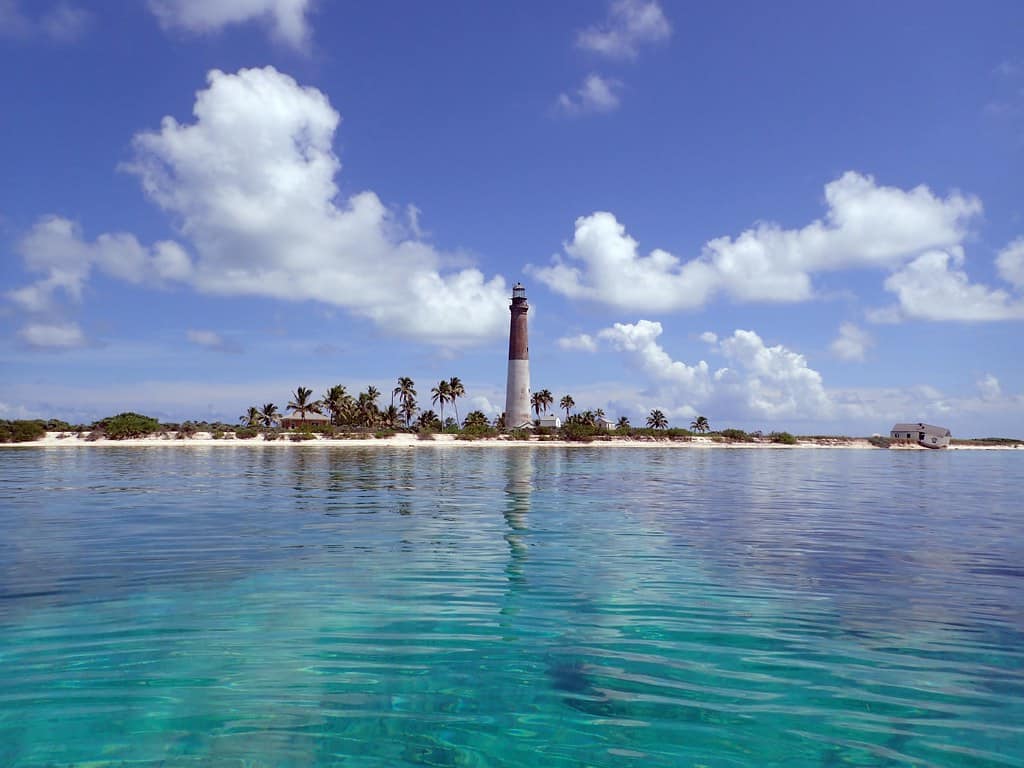
The Florida Reef Tract has a rich history spanning thousands of years. These coral formations began developing approximately 8,000 years ago when sea levels rose following the last ice age. By the time European explorers arrived in the 16th century, the reef system had evolved into one of the most biologically diverse marine ecosystems in the Atlantic Ocean. Historical accounts from early explorers and naturalists describe waters teeming with colorful fish and massive coral structures that posed navigation hazards for ships but provided shelter for countless marine species.
During the mid-20th century, the Florida Keys reefs were still relatively pristine, with coral cover averaging between 40-60% on many reef sites. These reefs featured massive stands of elkhorn and staghorn corals, forming complex three-dimensional habitats that supported over 6,000 species of plants, fishes, and invertebrates. The ecosystem provided critical habitat for commercial and recreational fisheries, protected shorelines from storm surge, and drew visitors from around the world to witness their splendor. This ecological golden age would soon face challenges that would drastically alter the reefs’ composition and health.
Current State of the Florida Reef Tract
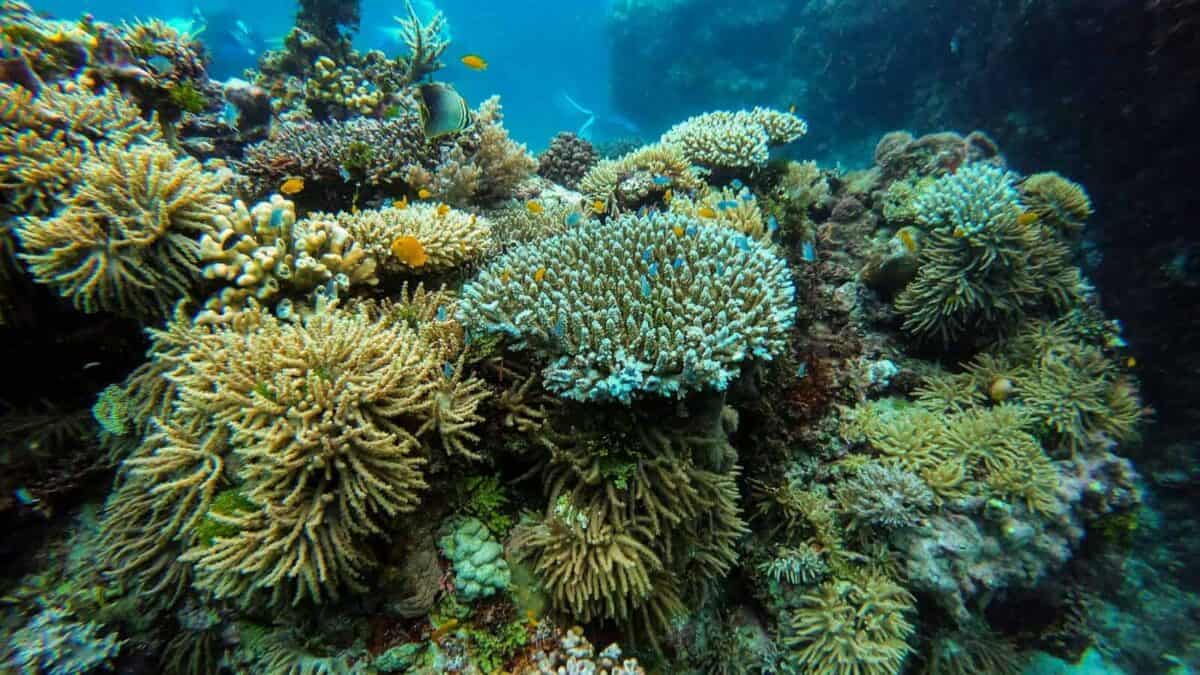
Today, the Florida Reef Tract presents a dramatically different picture compared to its historical condition. Coral cover has declined precipitously, with recent surveys indicating that live stony coral cover across the Florida Keys has dropped to an average of just 2-5% on many reef sites. This represents a staggering 90% reduction from historical levels. The once-dominant framework-building corals like elkhorn and staghorn—both now listed as threatened species under the Endangered Species Act—have experienced population declines exceeding 97% throughout their range since the 1970s.
The composition of surviving reefs has also shifted significantly. Areas once dominated by large, reef-building corals are now often characterized by algae, sponges, and more stress-tolerant coral species. Many reef sites show signs of what scientists call “phase shifts,” where complex coral ecosystems have transformed into simpler systems dominated by algae or other organisms. Despite these troubling changes, pockets of resilience remain. Some reefs, particularly those in deeper water or more remote locations, maintain higher coral cover and diversity, offering hope and valuable insights for conservation efforts.
Major Threats: Climate Change and Ocean Warming

Climate change represents perhaps the most pervasive threat to the Florida Keys reef ecosystem. Rising ocean temperatures have triggered multiple mass coral bleaching events, including particularly severe episodes in 1997-1998, 2014-2015, and 2019-2020. During bleaching, stressed corals expel their symbiotic algae (zooxanthellae), losing both their color and their primary energy source. While corals can recover from mild bleaching, repeated or prolonged events often lead to mortality. Data from the National Oceanic and Atmospheric Administration (NOAA) indicate that water temperatures in the Florida Keys now regularly exceed coral thermal tolerance thresholds during summer months.
Beyond direct temperature stress, climate change contributes to ocean acidification—a decrease in seawater pH as oceans absorb atmospheric carbon dioxide. Studies show that the pH of waters surrounding the Florida Keys has declined by approximately 0.1 units since pre-industrial times, making it more difficult for corals to build their calcium carbonate skeletons. Climate models project continued warming of 1-3°C and further acidification throughout the 21st century, posing existential challenges for the reef ecosystem unless dramatic reductions in greenhouse gas emissions occur globally and local stressors are effectively managed.
The Devastating Impact of Coral Diseases
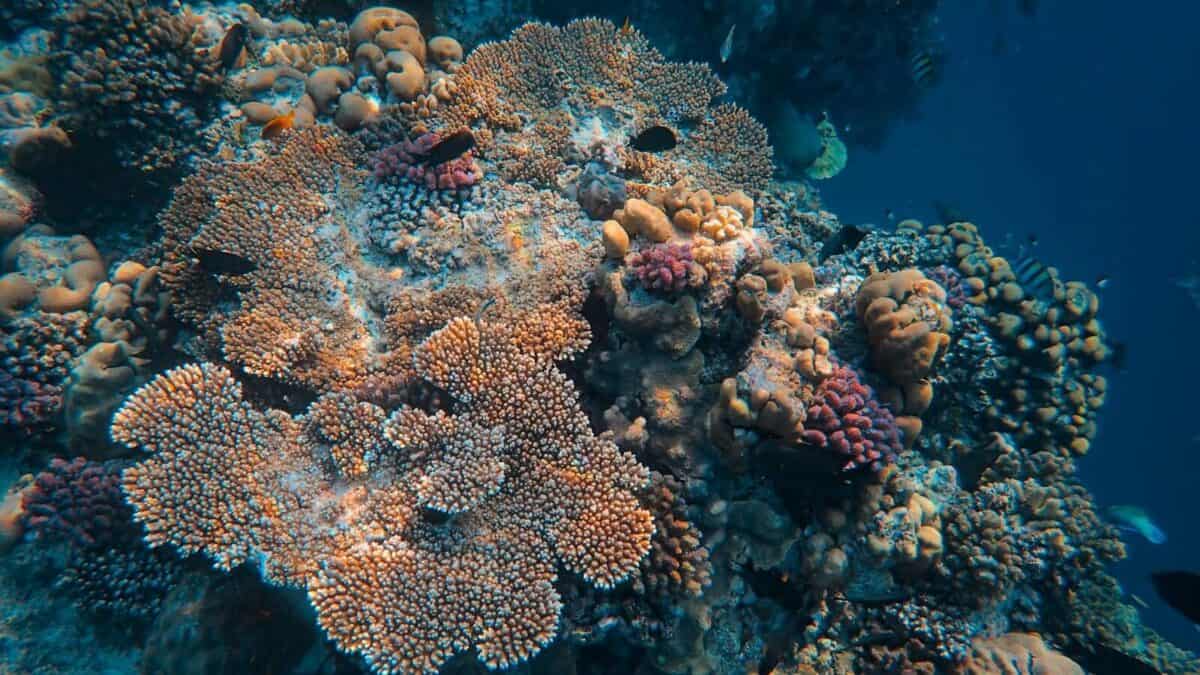
Disease outbreaks have become increasingly frequent and severe on Florida’s reefs, causing catastrophic mortality. The most recent and devastating example is Stony Coral Tissue Loss Disease (SCTLD), first observed near Miami in 2014 and since spread throughout the entire Florida Reef Tract and much of the Caribbean. This highly lethal disease affects over 20 species of reef-building corals, with mortality rates approaching 100% for the most susceptible species. By 2020, SCTLD had affected reefs throughout the entire 360-mile Florida Reef Tract, fundamentally altering reef composition in its wake.
Other significant diseases include white band disease, which contributed to the region-wide collapse of elkhorn and staghorn coral populations in the 1980s and 1990s, and black band disease, which continues to affect massive reef-building corals. While the precise causes of many coral diseases remain under investigation, research increasingly links disease outbreaks to environmental stressors including elevated sea temperatures, poor water quality, and potential pathogen introduction through land-based sources of pollution. The frequency and severity of disease outbreaks represent a critical challenge for reef managers and restoration practitioners.
Water Quality Challenges in the Keys
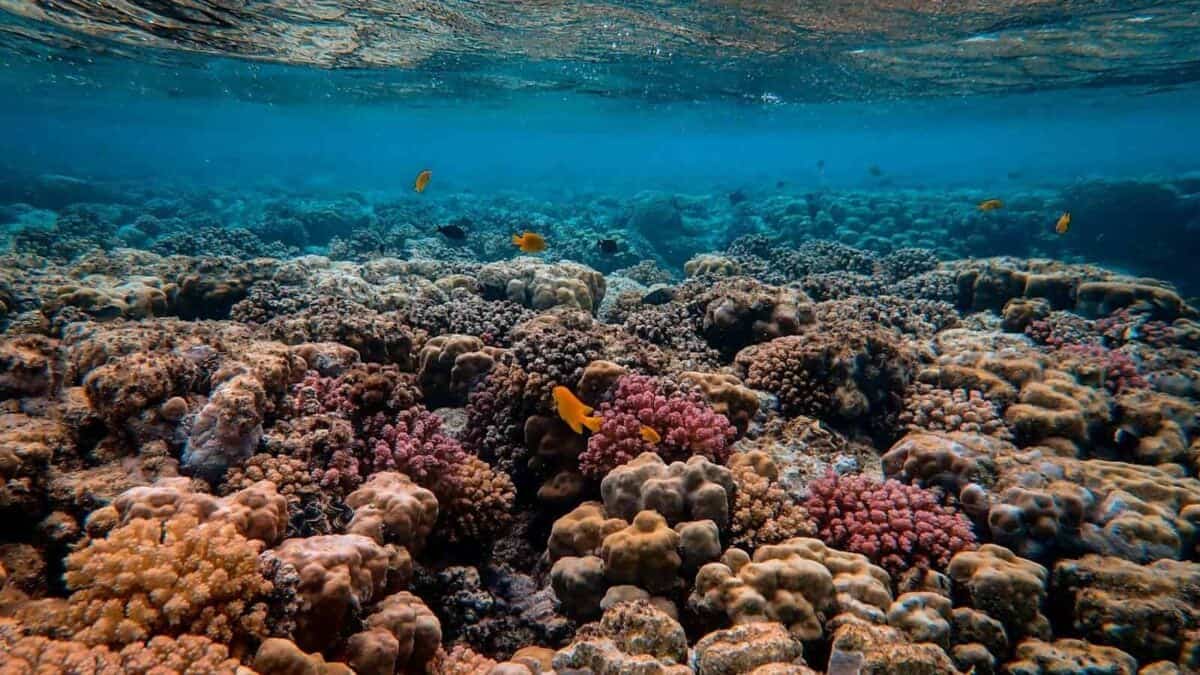
Water quality degradation poses a significant local threat to Florida Keys coral reefs. The region’s historical wastewater infrastructure, which relied heavily on septic systems and cesspits, allowed nutrients and contaminants to seep into the porous limestone foundation and eventually reach nearshore waters. Although substantial progress has been made in transitioning to advanced wastewater treatment systems, legacy pollution issues persist. Monitoring data show elevated nitrogen and phosphorus levels in many canal systems and nearshore waters, fueling algal growth that can outcompete and smother corals.
Agricultural runoff from the Florida mainland presents additional challenges. The extensive agricultural areas of South Florida drain through canals and rivers into Florida Bay and eventually reach the reef tract. These waters often carry excess nutrients, herbicides, pesticides, and other contaminants. During heavy rainfall events, large plumes of discolored water can be observed extending from the mainland to the reef tract. Research has demonstrated connections between water quality declines and coral stress, disease susceptibility, and reduced reproductive success, making water quality improvements a critical component of reef conservation strategy.
Physical Damage and Overuse
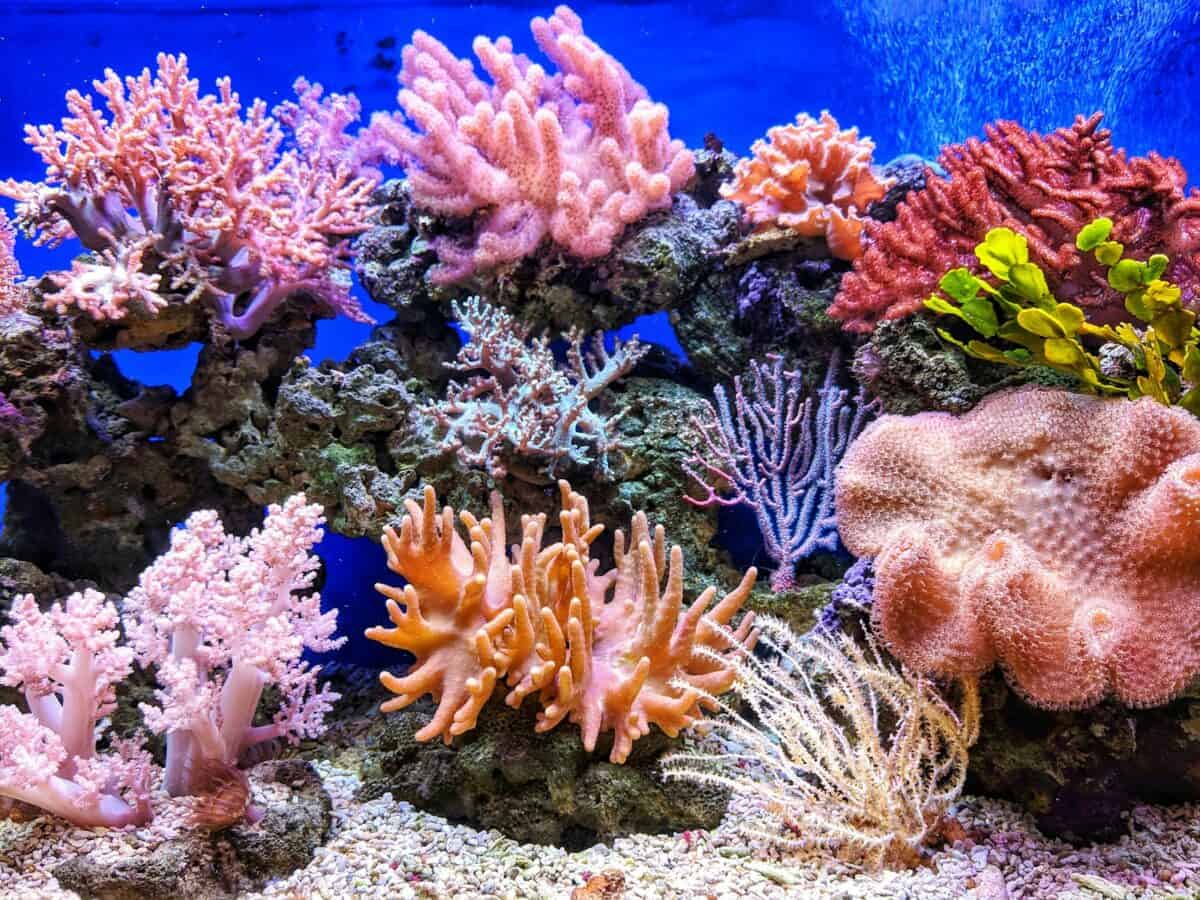
Direct physical damage continues to impact Florida Keys reefs despite management efforts. With over 5 million visitors annually and more than 100,000 registered vessels in Monroe County, the pressure on reef resources is intense. Boat groundings damage an estimated 500,000 square feet of reef habitat annually, according to Florida Keys National Marine Sanctuary assessments. Anchor damage, careless snorkeling and diving practices, and improper fishing techniques further contribute to physical reef degradation. High-profile incidents, such as the 2019 grounding of a 32-foot vessel near Key West that damaged over 4,000 square feet of reef, highlight the ongoing nature of this threat.
Fishing pressure, both commercial and recreational, has also altered reef ecosystems. Historical overfishing removed many top predators and key herbivores, disrupting ecological balance. While fishing regulations have become more stringent in recent decades, recovery of fish populations has been uneven. Studies show that some reef areas within no-take marine reserves have higher fish biomass and diversity, demonstrating the potential for recovery when physical disturbances are minimized and ecological processes are allowed to function naturally. However, the cumulative impact of millions of reef visits annually continues to challenge management efforts.
Remaining Reef Strongholds

Despite widespread decline, certain reef areas in the Florida Keys show remarkable resilience. The Dry Tortugas, located 70 miles west of Key West, maintain some of the highest coral cover in the region, with some sites exceeding 15-20% live coral cover. Their remote location has limited direct human impacts, while ocean circulation patterns may provide some buffering against temperature extremes and poor water quality. Similarly, some deeper reef sites along the outer reef tract, particularly at depths of 30-90 feet, have weathered recent disturbances better than shallow reefs, possibly due to temperature moderation at depth.
Certain inshore patch reefs have also demonstrated surprising resilience. For example, some patch reefs in the middle Keys have maintained relatively stable coral communities despite their proximity to developed areas. Scientists hypothesize that corals in these environments may have adapted to more variable conditions, developing greater tolerance to temperature fluctuations and other stressors. These resilient reef areas serve as crucial seed sources for natural recovery and provide valuable insights for restoration efforts. Identifying and protecting these reef strongholds has become a priority for conservation planning in the region.
Protective Measures: Marine Protected Areas
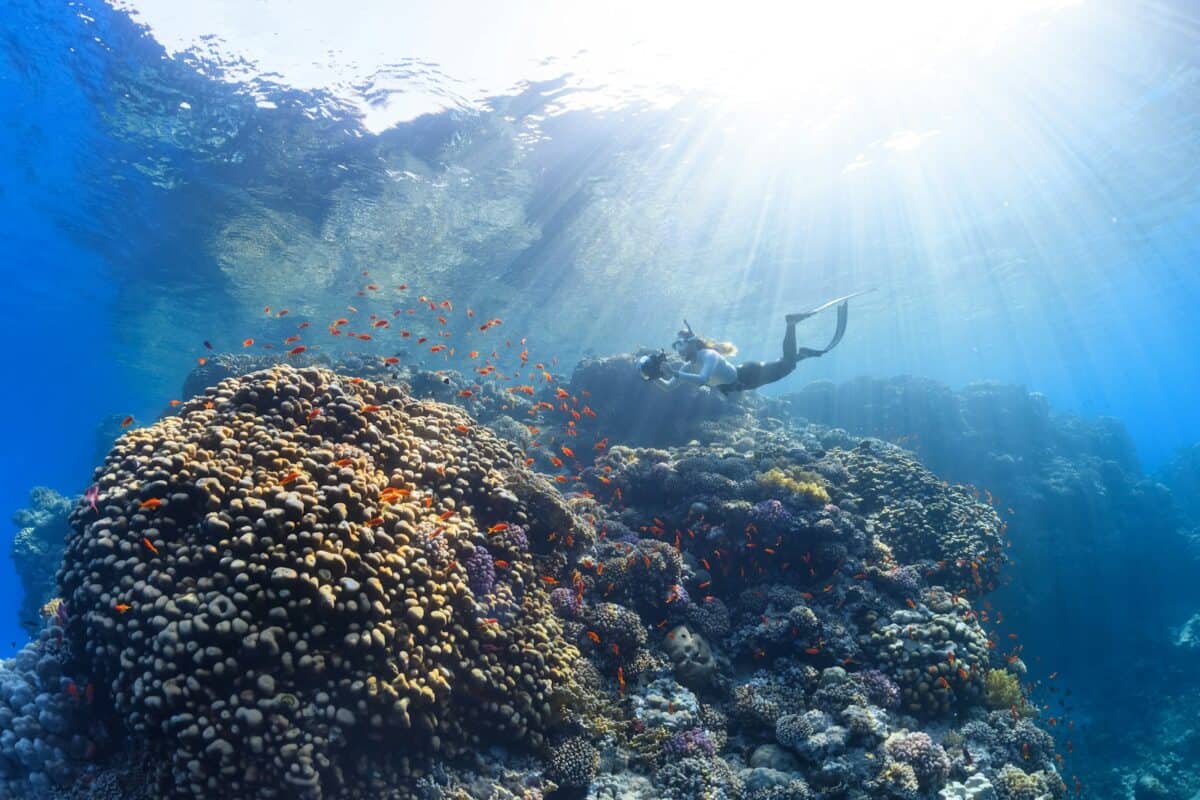
The Florida Keys National Marine Sanctuary (FKNMS), established in 1990, encompasses 3,800 square miles of waters surrounding the Florida Keys. Within the sanctuary, a network of marine protected areas provides varying levels of protection. The most stringent protection exists within Sanctuary Preservation Areas (SPAs) and Ecological Reserves, which prohibit fishing and collection activities while allowing non-consumptive uses like snorkeling and diving. Research in these no-take zones has demonstrated their effectiveness—fish populations within protected areas show greater abundance, size, and diversity compared to similar habitats where fishing is permitted.
In 2019, FKNMS proposed a comprehensive update to its management plan, including significant expansion of protected areas. The “Restoration Blueprint” aims to increase no-take zones from approximately 6% to 20-25% of sanctuary waters, enhance protection for coral restoration areas, and implement additional regulations to reduce physical reef impacts. While these measures face some opposition from fishing interests, scientific evidence increasingly supports the effectiveness of well-designed marine protected areas in enhancing ecosystem resilience. The final implementation of the Restoration Blueprint, expected in the early 2020s, will significantly shape the future protection framework for Florida Keys reefs.
Coral Restoration Initiatives

In response to coral decline, an unprecedented restoration effort has emerged in the Florida Keys. The Coral Restoration Foundation, Mote Marine Laboratory, The Nature Conservancy, and numerous other organizations have developed innovative techniques to grow corals in offshore nurseries and outplant them to degraded reef areas. These efforts initially focused on the fast-growing, threatened staghorn and elkhorn corals but have expanded to include over 20 coral species. As of 2023, restoration practitioners have outplanted more than 200,000 corals to Florida Keys reefs, with survival rates often exceeding 80% for properly managed outplantings.
Recent technological advances have accelerated restoration capabilities. Microfragmentation techniques, pioneered by Mote Marine Laboratory, allow massive slow-growing coral species to be grown at previously impossible rates. Genetic analysis helps identify coral strains with enhanced disease resistance or temperature tolerance. Meanwhile, sexual reproduction and larval propagation approaches complement asexual propagation methods, enhancing genetic diversity in restoration efforts. While current restoration efforts remain small relative to the scale of reef decline, their success demonstrates the technical feasibility of rebuilding coral populations when combined with effective management of environmental stressors.
Scientific Research and Monitoring

The Florida Keys have become a global epicenter for coral reef research and monitoring. Long-term monitoring programs, including NOAA’s Coral Reef Monitoring Program and Florida Fish and Wildlife Conservation Commission’s Coral Reef Evaluation and Monitoring Project, have tracked reef health indicators for decades, providing crucial data on trends and emerging threats. These programs document changes in coral cover, species composition, disease prevalence, and associated fish and invertebrate communities, creating one of the world’s most comprehensive reef health datasets.
Cutting-edge research addresses critical knowledge gaps about reef decline and recovery. Scientists are investigating disease causes and potential treatments, with recent breakthroughs in antibiotic applications showing promise against SCTLD. Others are exploring coral genetics and assisted evolution approaches to enhance climate resilience. Remote sensing technologies and artificial intelligence are being deployed to map and monitor reefs at unprecedented scales. This scientific infrastructure provides the knowledge foundation for effective management decisions and restoration strategies, while training the next generation of reef scientists through programs at the Keys Marine Laboratory, NOAA facilities, and partner universities throughout Florida.
Stakeholder Engagement and Education
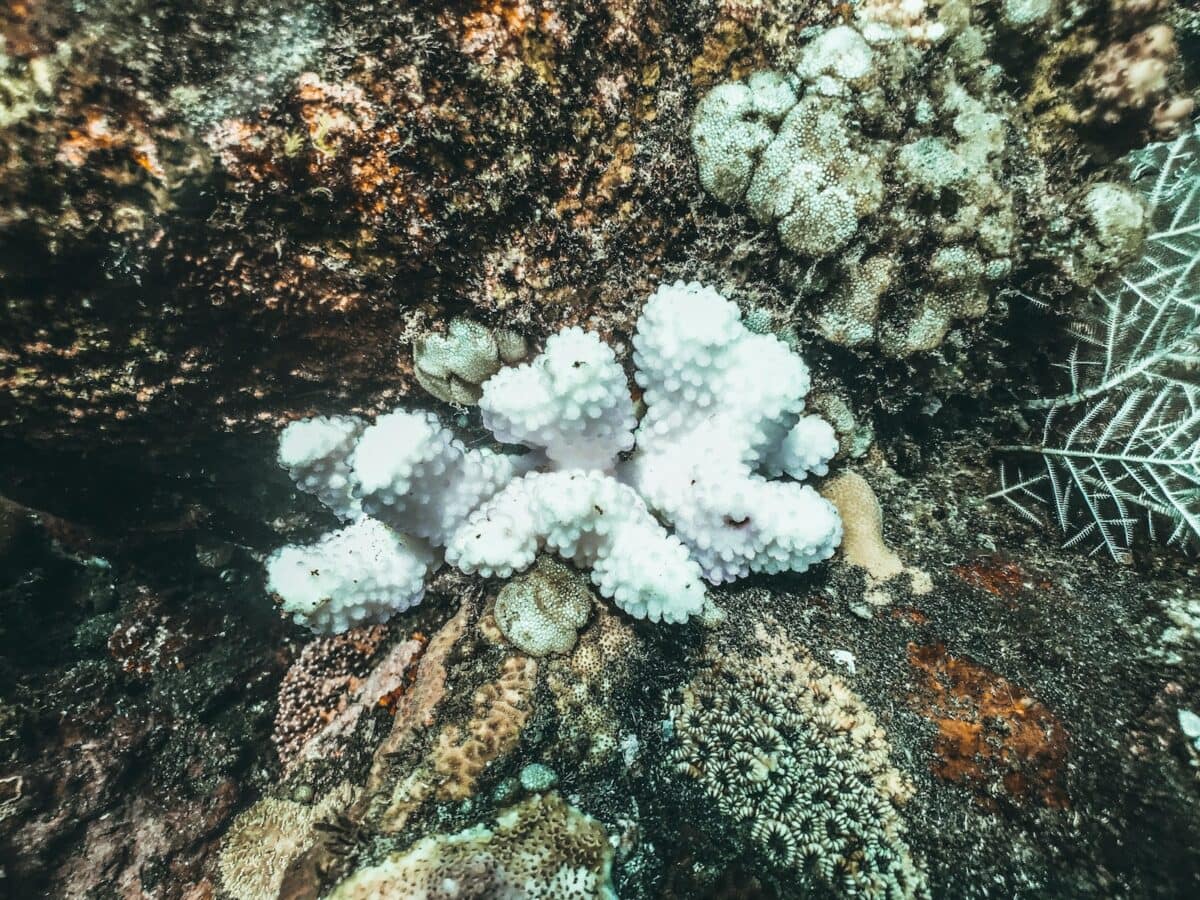
Engaging local communities and visitors in reef conservation has become increasingly prioritized in the Florida Keys. Initiatives like Blue Star, which recognizes environmentally responsible dive and fishing operators, promote sustainable tourism practices. Meanwhile, citizen science programs enable residents and visitors to contribute meaningfully to reef monitoring and restoration. The Coral Restoration Foundation’s volunteer program has engaged thousands of participants in hands-on coral nursery maintenance and outplanting activities. The Reef Environmental Education Foundation (REEF) trains recreational divers to conduct standardized fish surveys, generating valuable data while fostering stewardship.
Educational outreach extends to diverse audiences through innovative approaches. The Eco-Discovery Center in Key West welcomes over 50,000 visitors annually, while the History of Diving Museum in Islamorada connects maritime heritage to contemporary conservation challenges. School programs reach thousands of Monroe County students each year, building a conservation ethic in the next generation of Florida Keys residents. These engagement efforts recognize that effective reef conservation ultimately depends on public understanding and support, particularly in a region where the economy and culture are inextricably linked to marine resources.
Future Projections: Best and Worst Cases
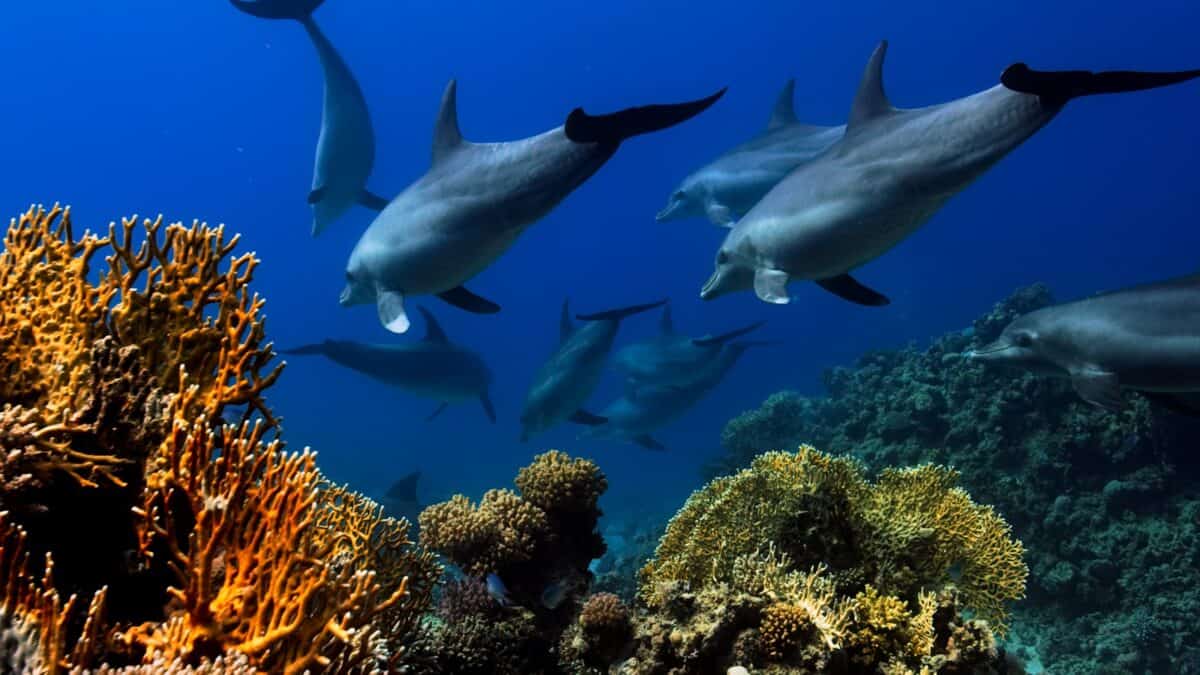
The future trajectory of Florida Keys coral reefs remains uncertain, with possibilities ranging from continued decline to partial recovery. In pessimistic scenarios, climate change proceeds unabated, resulting in warming that exceeds coral adaptation capacity. Under these conditions, even with strong local management, most reef-building coral species could functionally disappear from the Florida Keys by mid-century, replaced by algae-dominated systems with fundamentally different ecological functions and economic values. Such ecosystems would provide reduced shoreline protection, fisheries production, and tourism appeal.
More optimistic scenarios envision a combination of global climate action and enhanced local management. If global warming is limited to 1.5°C above pre-industrial levels, while local stressors like water pollution and physical damage are effectively controlled, the Florida Keys could maintain a modified but functional reef ecosystem. In this future, strategic restoration efforts focused on heat-tolerant coral strains could help rebuild three-dimensional reef structure in priority areas. While different from historical reefs, these systems could maintain many ecosystem services and provide habitat for diverse marine life. The actual outcome will likely fall somewhere between these extremes, determined by both global environmental policies and local conservation decisions.
Conclusion: The Path Forward for Florida’s Reef Legacy
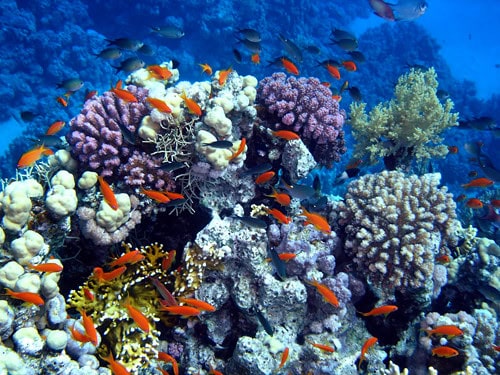
The Florida Keys coral reefs stand at a critical crossroads, transformed from their historical abundance yet still harboring tremendous ecological, economic, and cultural value. Despite the sobering reality of coral decline over recent decades, reasons for hope remain. The emerging restoration infrastructure, innovative scientific approaches, robust management framework, and growing public awareness create unprecedented opportunities for positive intervention. Success will require integrated action across multiple fronts: dramatically reducing greenhouse gas emissions globally, improving water quality locally, protecting resilient reef areas, scaling up restoration efforts, and continuing to build public support for conservation measures.
The ultimate fate of Florida’s coral reefs cannot be predicted with certainty, but it will be profoundly shaped by human choices in the coming decades. If we act decisively on climate change while addressing local stressors, future generations may still experience the wonder of vibrant coral ecosystems in the Florida Keys, albeit in modified form. The alternative—continued degradation leading to ecological collapse—would represent an incalculable loss. As the only coral reef system in the continental United States, the Florida Reef Tract deserves our most determined conservation efforts. Its future depends not just on the dedicated professionals working directly on reef protection, but on broader societal commitments to environmental sustainability and stewardship of our shared natural heritage.
- Why Koalas Are One of the Most Loved (But Least Understood) Marsupials - August 24, 2025
- What Happens If a Moose Crosses Paths With a Human - August 24, 2025
- The Fastest Animal in the Ocean—And It’s Not a Shark - August 24, 2025

